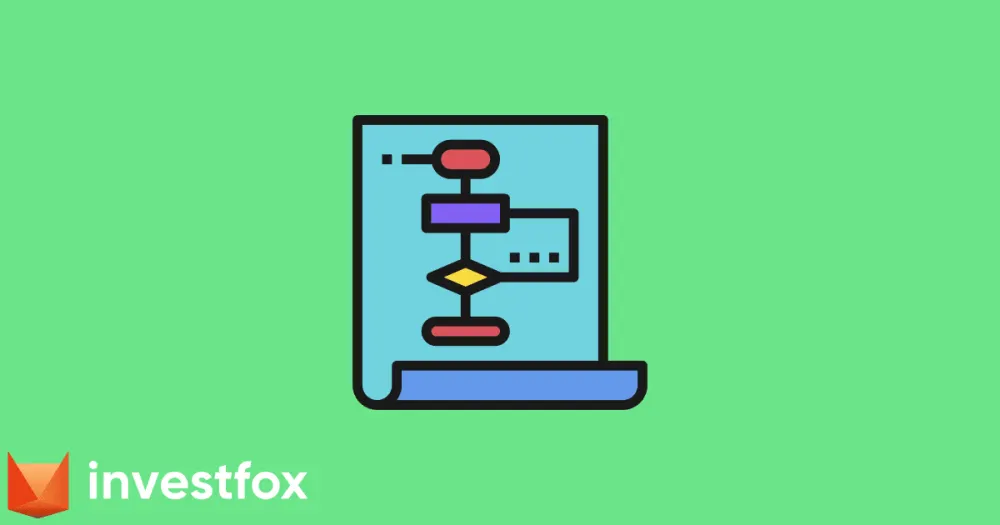Our partner, XM, lets you access a free demo account to apply your knowledge.
No hidden costs, no tricks.

As technological advancements take hold on the global financial markets, the practice of automated trading has become more and more sophisticated.
This gave rise to HFT, or high-frequency trading. HFT is typically done in close proximity to the physical exchanges to minimize latency.
HFT is done in milliseconds and sophisticated software places millions of trades over a single session.
HFT is a type of algorithmic trading that focuses on instruments with very high liquidity and low spreads, which allows the HFT software to take advantage of miniscule price movements and generate consistent profits.
A few important factors give high-frequency traders an edge over the competition and sophisticated algorithms are an integral part of the equation.
This is why HFT is highly regulated in most advanced economies, as it can create an unfair advantage for already well-off traders that can afford to build complex algorithms in the first place.
If you are a beginner trader and would like to know more about what HFT is and how it works, this Investfox guide can help.
To understand how high-frequency trading works and what its advantages are, we can take a look at several defining factors that make this trading strategy unique and complex.
HFT firms usually focus on instruments such as forex and options, which are characterized by high liquidity and fast returns.
As already mentioned, HFT involves an extremely high number of trades per session and incremental profits add up by the end of the session and over time.
HTF traders rely on the speed of their trading systems to gain an advantage in the market.
They use low-latency, high-speed data connections to exchange information with trading venues, allowing them to execute trades within microseconds.
The goal is to take advantage of small price discrepancies that exist for very brief moments.
This is especially convenient in the forex market, which is the most liquid market in the world.
HFT traders typically focus on major currency pairs as they offer unparalleled liquidity and tight spreads.
HTF trading systems use sophisticated algorithms to identify trading opportunities and make decisions in real-time.
These algorithms are designed to analyze market data, such as price movements, order book changes, and other relevant information, to execute trades.
Constructing them can be very costly, which makes HFT a market with a high barrier to entry.
Some HTF traders act as market makers, providing liquidity to the market by continuously quoting bid and ask prices.
They profit from the spread between the buying and selling prices. By quickly adjusting their quotes in response to market conditions, they can capture small profits from each trade.
Due to the outsized liquidity of the assets HFT traders typically transact in, the market adds even more liquidity courtesy of such trading firms.
HTF traders often engage in arbitrage strategies. They identify price disparities between different markets or assets and exploit these discrepancies by buying low and selling high, or vice versa, within a fraction of a second.
This makes the markets they are operating in more efficient and spreads are tighter for every market participant.
HTF traders have strict risk management systems in place. They use various risk controls and circuit breakers to limit potential losses and prevent catastrophic trading errors.
HFT requires a constant electricity supp-ly to run smoothly and the internet connection must be as fast and secure as possible, which is why HFT firms choose high-proximity areas to bae their trading hardware and servers.
As mentioned above, HFT firms tend to choose areas that are in close proximity to the trading floor and server rooms of the exchange they are trading on to reduce latency and get an ever so slight edge over the competition.
The rapid trading activity of HTF firms can influence market dynamics, as their large order flow can impact prices and liquidity. This influence can be both positive and negative for other market participants.
While this increases liquidity, it can also eat into the opportunities of retail traders, which has been a topic of contention since the advent of HFT on the market.
Our partner, XM, lets you access a free demo account to apply your knowledge.
No hidden costs, no tricks.
HFT uses powerful computers and algorithms to execute a large volume of trades at incredibly high speeds, often within microseconds. It relies on market data analysis, arbitrage, and market-making strategies to profit from small price discrepancies and market inefficiencies.
HFT firms typically trade a wide range of financial instruments, including stocks, options, futures, commodities, and currencies. They use sophisticated algorithms to execute trades in these markets with very high frequency and low latency.
HFT is legal in most countries, subject to regulatory oversight. It must adhere to securities laws and regulations, including rules related to market manipulation, insider trading, and fair trading practices to maintain legality.